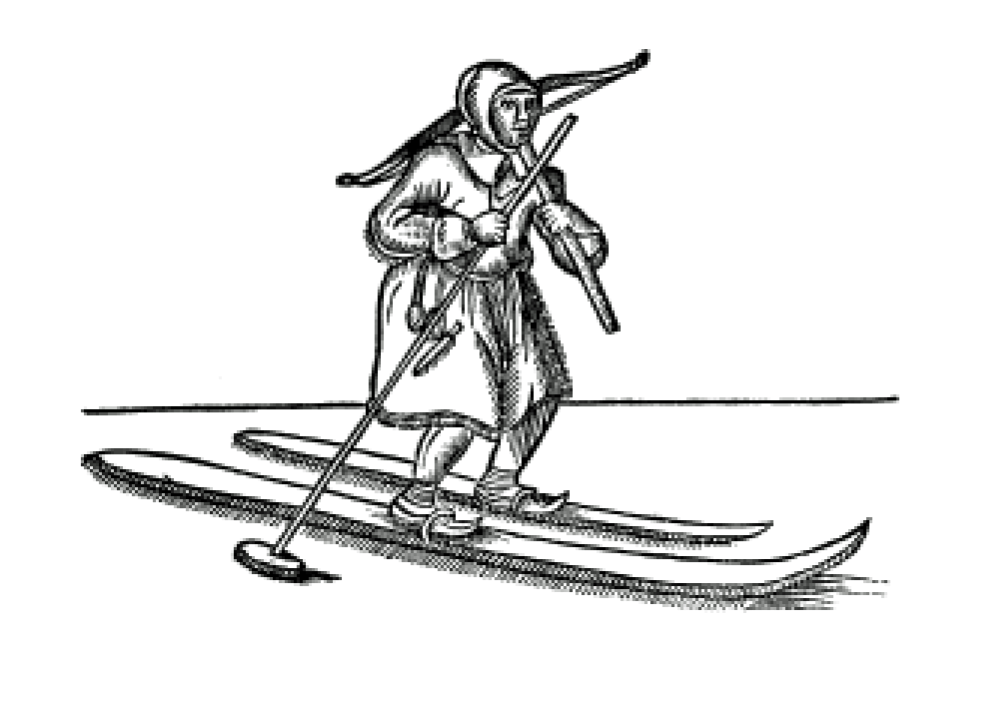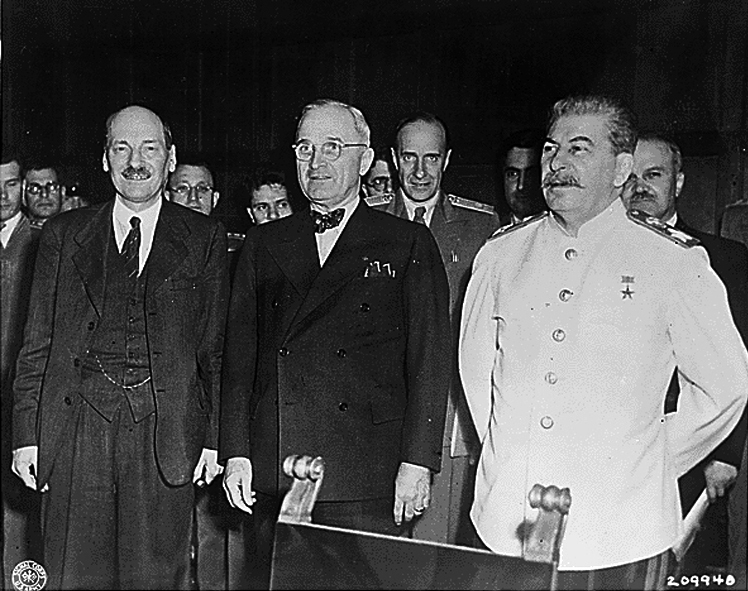|
Kašperské Hory
Kašperské Hory (; ) is a town in Klatovy District in the Plzeň Region of the Czech Republic. It has about 1,400 inhabitants. It is known as a ski resort. The historic town centre is well preserved and is protected as an urban monument zone. Administrative division Kašperské Hory consists of nine municipal parts (in brackets population according to the 2021 census): *Kašperské Hory (1,238) *Červená (31) *Dolní Dvorce (18) *Kavrlík (7) *Lídlovy Dvory (6) *Opolenec (3) *Podlesí (4) *Tuškov (26) *Žlíbek (28) Etymology The Kašperk Castle that was built here by Charles IV was named after its founder Karlsberg ("Charles' Mountain" in German) and transcribed to Czech as Kašperk. The town was then named Kašperské Hory, meaning "Kašperk Mountains". Geography Kašperské Hory is located about southeast of Klatovy and south of Plzeň. It lies on the border between the Bohemian Forest Foothills and Bohemian Forest mountain range. The highest point is a contour line ... [...More Info...] [...Related Items...] OR: [Wikipedia] [Google] [Baidu] |
Obec
(, ; plural ) is the Czech and Slovak word for a municipality (in the Czech Republic, in Slovakia and abroad). The literal meaning of the word is " commune" or " community". It is the smallest administrative unit that is governed by elected representatives. Cities and towns are also municipalities. Definition The legal definition (according to the Czech code of law with similar definition in the Slovak code of law) is: ''"The municipality is a basic territorial self-governing community of citizens; it forms a territorial unit, which is defined by the boundary of the municipality."'' Every municipality is composed of one or more cadastral areas. Every municipality is also composed of one or more municipal parts (), which are usually town quarters or villages. A municipality can have its own flag and coat of arms. Czech Republic Almost the entire area of the Czech Republic is divided into municipalities, with the only exception being military training areas. The smaller mu ... [...More Info...] [...Related Items...] OR: [Wikipedia] [Google] [Baidu] |
Sister City
A sister city or a twin town relationship is a form of legal or social agreement between two geographically and politically distinct localities for the purpose of promoting cultural and commercial ties. While there are early examples of international links between municipalities akin to what are known as sister cities or twin towns today dating back to the 9th century, the modern concept was first established and adopted worldwide during World War II. Origins of the modern concept Throughout history, many cities have participated in various cultural exchanges and similar activities that might resemble a sister-city or twin-city relationship, but the first officially documented case of such a relationship was a signed agreement between the leaders of the cities of Toledo, Ohio and Toledo, Spain in 1931. However, the modern concept of town twinning appeared during the Second World War. More specifically, it was inspired by the bombing of Coventry on 14 November 1940, known as t ... [...More Info...] [...Related Items...] OR: [Wikipedia] [Google] [Baidu] |
Kurt Raab
Kurt Raab (20 July 1941 – 28 June 1988) was a West German stage and film actor, as well as a screenwriter and playwright. Raab is best remembered for his work with German film director Rainer Werner Fassbinder, with whom he collaborated on 31 film projects. Biography Raab was born in Bergreichenstein, which is now Kašperské Hory, Czech Republic. He completed the abitur at Musische Gymnasium Straubing, and studied in Munich. He made his cinema debut in Fassbinder's ''Liebe ist kälter als der Tod'' ('' Love Is Colder than Death'') in 1969. Over the next few years, he made numerous films with Fassbinder, including ''Warum läuft Herr R. Amok?'' ('' Why Does Herr R. Run Amok?'') and ''Der Amerikanische Soldat'' ('' The American Soldier'') in 1970, ''Warnung vor einer heiligen Nutte'' (''Beware of a Holy Whore'') in 1971, and ''Der Händler der vier Jahreszeiten'' ('' The Merchant of Four Seasons'') in 1972. He also worked as a production designer, assistant director, pro ... [...More Info...] [...Related Items...] OR: [Wikipedia] [Google] [Baidu] |
Johannes Cardinalis Von Bergreichenstein
Johannes Cardinalis von Bergreichenstein (also ''John Cardinal of Reinstein'', ; c. 1375 – after 1428) was a lawyer and diplomat from Bohemia. He was rector of Charles University in Prague 1416-1417. In 1394 he took up the study of law at the Charles University in Prague and received his doctorate at Jan Hus in 1404 to champion the seven liberal arts. 1407 was followed by the examination for Bachelor of laws. Two years later he was already as an envoy of King Wenceslas IV. together with Christian von Prachatitz and Peter de Mladoniovicz at the Council of Pisa in part. As followers of Jan Hus, they should provide for the repeal of the ban imposed against this church. A year later he defended Hus against the Archbishop of Prague Zbynko Zajíc of rabbit castle and accompanied Hus as a representative of the University, together with Peter of Mladoňovic, on his journey to the Council of Constance, where he received neither a prelate, nor the support of the Holy Roman Emperor Sig ... [...More Info...] [...Related Items...] OR: [Wikipedia] [Google] [Baidu] |
Bohemia
Bohemia ( ; ; ) is the westernmost and largest historical region of the Czech Republic. In a narrow, geographic sense, it roughly encompasses the territories of present-day Czechia that fall within the Elbe River's drainage basin, but historically it could also refer to a wider area consisting of the Lands of the Bohemian Crown ruled by the List of Bohemian monarchs, Bohemian kings, including Moravia and Czech Silesia, in which case the smaller region is referred to as Bohemia Proper as a means of distinction. Bohemia became a part of Great Moravia, and then an independent principality, which became a Kingdom of Bohemia, kingdom in the Holy Roman Empire. This subsequently became a part of the Habsburg monarchy and the Austrian Empire. After World War I and the establishment of an History of Czechoslovakia (1918–1938), independent Czechoslovak state, the whole of Bohemia became a part of Czechoslovakia, defying claims of the German-speaking inhabitants that regions with German ... [...More Info...] [...Related Items...] OR: [Wikipedia] [Google] [Baidu] |
Cross-country Skiing
Cross-country skiing is a form of skiing whereby skiers traverse snow-covered terrain without use of ski lifts or other assistance. Cross-country skiing is widely practiced as a sport and recreational activity; however, some still use it as a means of travel. Variants of cross-country skiing are adapted to a range of terrain which spans unimproved, sometimes mountainous terrain to groomed courses that are specifically designed for the sport. Modern cross-country skiing is similar to the original form of skiing, from which all skiing disciplines evolved, including alpine skiing, ski jumping and Telemark skiing. Skiers propel themselves either by striding forward (classic style) or side-to-side in a skating motion (skate skiing), aided by arms pushing on ski poles against the snow. It is practised in regions with snow-covered landscapes, including Europe, Canada, Russia, the United States, Australia and New Zealand. Cross-country skiing (sport), Competitive cross-country skiing i ... [...More Info...] [...Related Items...] OR: [Wikipedia] [Google] [Baidu] |
Potsdam Agreement
The Potsdam Agreement () was the agreement among three of the Allies of World War II: the United Kingdom, the United States, and the Soviet Union after the war ended in Europe that was signed on 1 August 1945 and published the following day. A product of the Potsdam Conference, it concerned the military occupation and reconstruction of Germany, its border, and the entire European Theatre of War territory. It also addressed Germany's demilitarisation, reparations, the prosecution of war criminals and the mass expulsion of ethnic Germans from various parts of Europe. France was not invited to the conference but formally remained one of the powers occupying Germany. Executed as a communiqué, the agreement was not a peace treaty according to international law, although it created accomplished facts. It was superseded by the Treaty on the Final Settlement with Respect to Germany signed on 12 September 1990. As De Gaulle had not been invited to the Conference, the French resi ... [...More Info...] [...Related Items...] OR: [Wikipedia] [Google] [Baidu] |
Expulsion Of Germans From Czechoslovakia
The expulsion of Germans from Czechoslovakia after World War II was part of a broader series of Flight and expulsion of Germans (1944–1950), evacuations and deportations of Germans from Central and Eastern Europe during and after World War II. During the German occupation of Czechoslovakia, the Czech resistance groups demanded the deportation of ethnic Germans from Czechoslovakia. The decision to deport the Germans was adopted by the Czechoslovak government-in-exile which, beginning in 1943, sought the support of the Allies of World War II, Allies for this proposal.Československo-sovětské vztahy v diplomatických jednáních 1939–1945. Dokumenty. Díl 2 (červenec 1943 – březen 1945). Praha. 1999. () However, a formal decision on the expulsion of the German population was not reached until 2 August 1945, at the conclusion of the Potsdam Conference#Agreements, Potsdam Conference. In the months following the end of the war, "wild" expulsions happened from May until August ... [...More Info...] [...Related Items...] OR: [Wikipedia] [Google] [Baidu] |
World War II
World War II or the Second World War (1 September 1939 – 2 September 1945) was a World war, global conflict between two coalitions: the Allies of World War II, Allies and the Axis powers. World War II by country, Nearly all of the world's countries participated, with many nations mobilising all resources in pursuit of total war. Tanks in World War II, Tanks and Air warfare of World War II, aircraft played major roles, enabling the strategic bombing of cities and delivery of the Atomic bombings of Hiroshima and Nagasaki, first and only nuclear weapons ever used in war. World War II is the List of wars by death toll, deadliest conflict in history, causing World War II casualties, the death of 70 to 85 million people, more than half of whom were civilians. Millions died in genocides, including the Holocaust, and by massacres, starvation, and disease. After the Allied victory, Allied-occupied Germany, Germany, Allied-occupied Austria, Austria, Occupation of Japan, Japan, a ... [...More Info...] [...Related Items...] OR: [Wikipedia] [Google] [Baidu] |
Czechoslovak Republic
Czechoslovak Republic (Czech and Slovak: ''Československá republika'', ČSR), was the official name of Czechoslovakia between 1918 and 1939 and between 1945 and 1960. See: *First Czechoslovak Republic (1918–1938) *Second Czechoslovak Republic (1938–1939) *Czechoslovak government-in-exile The Czechoslovak government-in-exile, sometimes styled officially as the Provisional Government of Czechoslovakia (; ), was an informal title conferred upon the Czechoslovak National Liberation Committee (; ), initially by Government of the Unit ... (1939–1945) * Third Czechoslovak Republic (1945–1948) * Socialist Czechoslovakia (1948–1960) {{Set index article Czechoslovakia ... [...More Info...] [...Related Items...] OR: [Wikipedia] [Google] [Baidu] |





